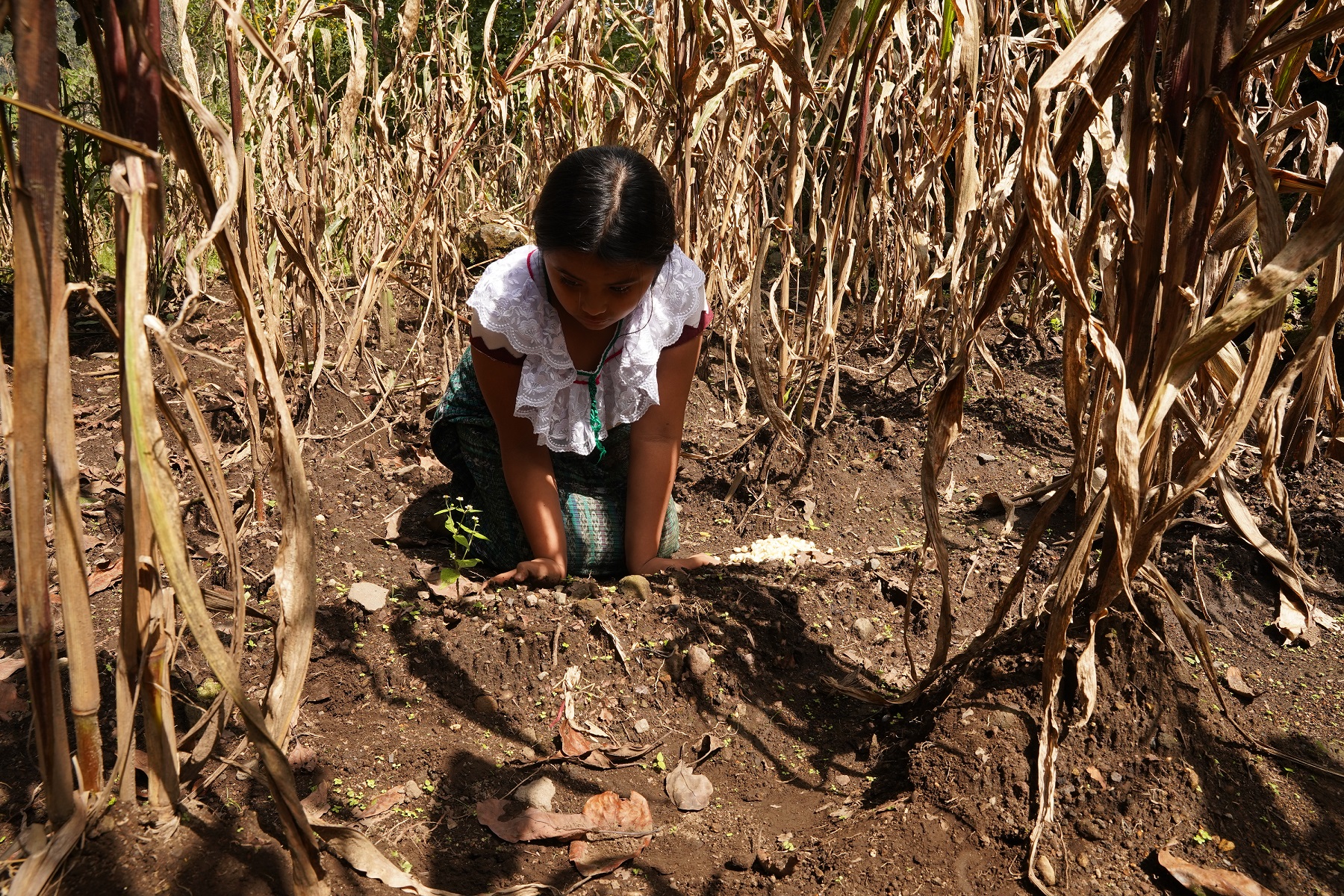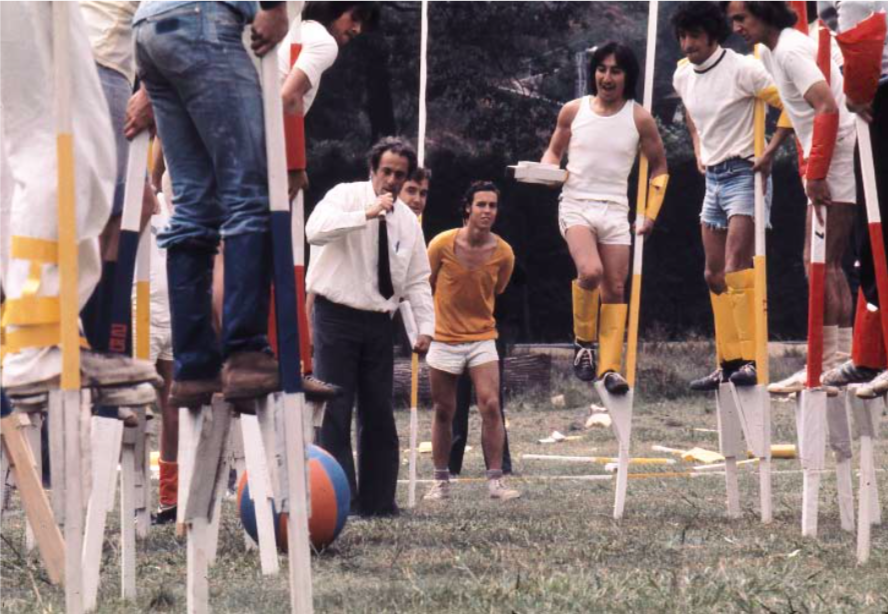Félix Suazo: At this moment, do you have any link with art pedagogy?
Utilizing the Dynamics that Art Unleashes
With agile and controversial ideas, curator, writer, artist and professor José Luis Falconi addresses in this interview several issues of high sensitivity for today's art and education. Falconi advocates for an "expanded pedagogy," not only for teaching art, but incorporated into other disciplines as a tool for social engagement and transformation. Formed at Harvard University, he also discusses the challenges facing Latin American and Latino art studies at U.S. universities.
José Luis Falconi: Of course. I am still linked to the pedagogy of art—it is a life commitment of sorts, I would say. Nonetheless, I think I come to the discipline from a slightly different perspective than from the usual “art pedagogue” insofar I am not that interested in “teaching art” but, instead, in making sure that the arts (its methods, its ethos, its capacity for refreshing our connection with the world) are considered as a resource for other activities and disciplines –a pedagogy of art in the “extended field,” to use an image dear to the art historical discipline. In other words, for me, the important thing is not so much how to “teach art” but how to make other disciplines understand and utilize the dynamics that art unleashes in the individual to be able to jump-start uniquely surprising processes in larger societal contexts.
As you know, besides my job as professor of Art and Human Rights at the University of Connecticut—in which capacity I am trying to highlight the importance of art as fundamental to the human rights agenda—I am also the president of Cultural Agents, Inc., a sister NGO to the initiative that we founded at Harvard University with my mentor Prof. Doris Sommer more than twenty years ago, while I was a first-year graduate student. At Cultural Agents, we have worked endlessly to showcase the ways in which art effectively intervenes in and dissolves socially deadlocked situations—stalemates for which there have historically been no viable political or economic solutions or recipes. I have not used the very Wittgenstenian verb “dissolve” casually, but rather because I think art is capable of opening new vantage points that can allow us to see false dichotomies or badly conceptualized dialectics. Art “interrupts” the flow of daily life and such interruptions are laden with unique opportunities—unexpected ways in which we can recast intractable problems so that they, eventually, do not seem so insolvable anymore.
In that sense, what I believe is important for “art pedagogy” nowadays is to move beyond its parochial precincts and try to engage in larger societal issues—to figure out how we can harness the dynamism and the impressive release of imagination triggered by the surprise inherent in art. Does this entail a sort of “instrumentalization” of the arts? To a degree, but not really. Art runs on a parallel course; its mechanics and autonomy remain untouched.
Therefore, the real change here involves advocating for the use of artistic techniques to enhance or improve other non-artistic practices. For me, this simply means taking art seriously and using it just like any other resource in the world—bringing it down from its lofty pedestals and authority based merely on taste and accrued cultural capital.

You trained at Harvard University where you not only received your Ph.D. in 2010 but also curated over thirty exhibitions of cutting-edge Latino and Latin American artists in an academic environment. What has your experience been like working on Latino and Latin American artists in the American academic environment? What is your perception of the current state of Latin American art studies in the U.S.?
This is tricky because I have mixed feelings about it. At one level, I am super optimistic and happy that more and more colleagues are being formed in the United States–they bring a particular set of skills that, probably due to the dire material conditions of our countries, couldn’t be developed there. Furthermore, the fact that one studies in the US as if one were “outside” the region provides a unique vantage point, insofar as one can see the whole hemisphere. It is not an easy task, but one that is much more feasible from Miami, Los Angeles, or NYC, than from Mexico City, Havana, or Buenos Aires. At this juncture, toward the end of 2022, the US still feels “outside” the region—so it remains to be seen if this will change as the United States becomes much more “Latino” and if it will be, at some point, another part of the region, thus losing that vantage point. This is already happening with the inclusion of “Latinx” in discussions of Latin American art, but I doubt we will end up considering the US as first and foremost a Latin American country, like we do with Cuba, Argentina, or Bolivia.
Also, it is obvious that the moment of “tokenization” of Latin American art has passed—to the extent that this is possible in a multiculturalist matrix, such as the one in place in the United States, whose internal logic is always the quota. Some colleagues will argue that this is not true, but I honestly see that the history of modernism can no longer be taught in the world as it once was, without including the Latin American piece. I also keep seeing a very robust programming of Latin American artists across the United States regardless of particularistic agendas. And those two issues were precisely the issues that generations such as mine tried to advance.
This, of course, does not mean that the job is done. Far from it. There will always be lots to do, but the struggle now is somewhere else—for example, in the contentious issue between Latin American art and Latinx artists, a topic on which I wrote a few decades ago. One could see, from miles away, that the fact that many regarded these two groups as “culturally continuous” was going to be a source of friction once certain dynamics of inclusion played out—as they have in the past decades. The case of the Museo del Barrio, in NYC, is a perfect example that has yet to be written about.
Nonetheless, my real problem with the rise of the US academy in Latin American art has to do with several concepts that are proper to the US cultural discussion, but which are being applied to the region in a “cookie cutter” fashion so as to produce such distorted diagnoses of Latin American reality and its history that it ends up constituting another layer of cultural domination. This, of course, is not a problem of principles—any new school of interpretation, regardless of its origins, should be welcomed insofar as it can teach us something we have been unable to see until now. It is, instead, a problem of careless application, usually by some young scholar who applies theories and concepts that might work in the US but that only end up producing bad readings, huge distortions of the region’s reality usually followed by a moral sanction. I am not sure if there is anything productive there. It feels just like another version of the cultural domination the United States has over the region: now not only economic or political but also telling us who and how we are. Great!
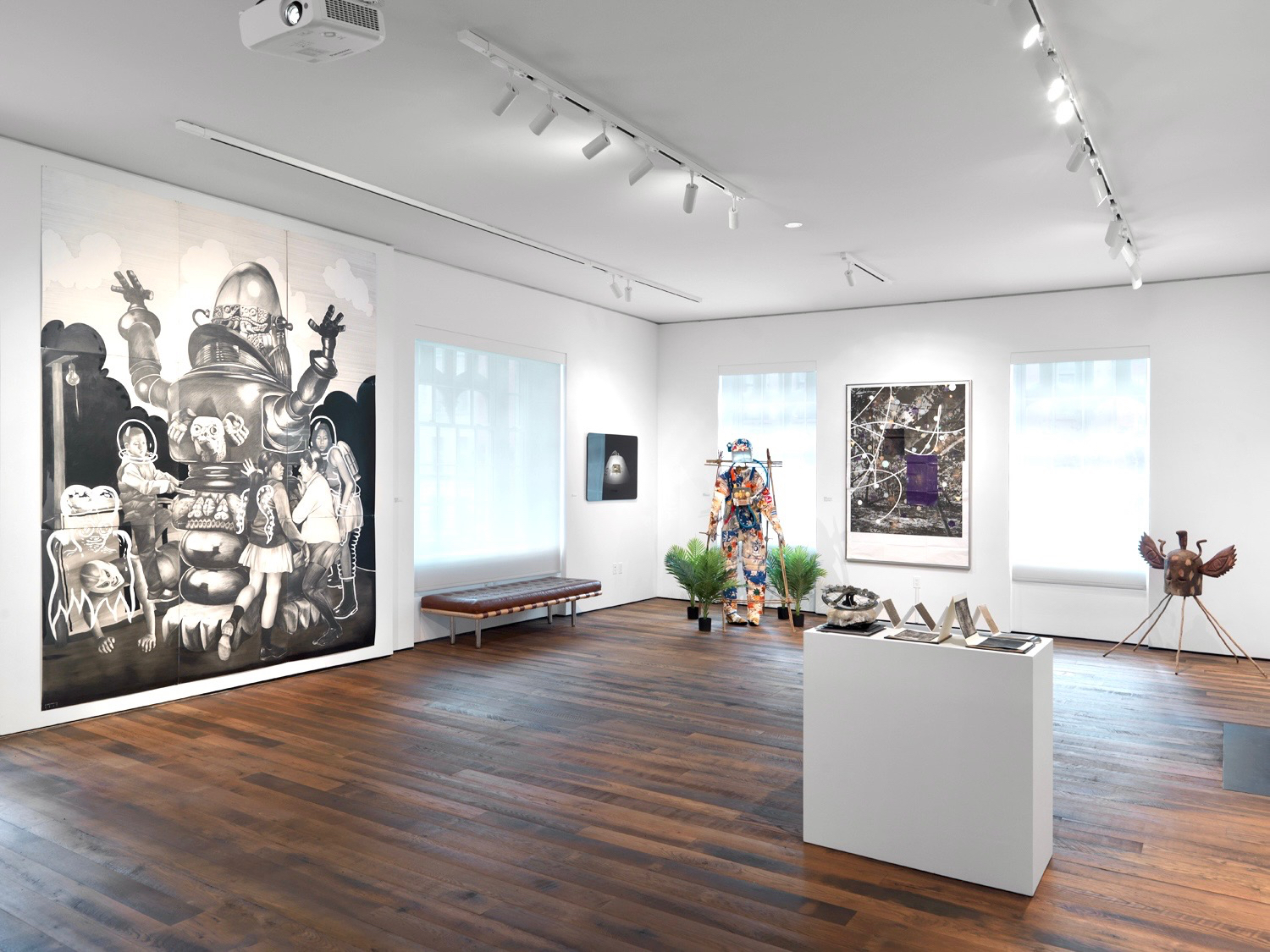
You have been linked to the topic of art and human rights from an educational perspective. Could you comment on how art and education reinforce civic engagement in contemporary society?
I think one needs to start by always taking art seriously. By not losing sight of the way in which art operates and the effect it has on the audience, one can then see the importance of art in forging our faculty of judgment. Just as it is obvious that Greece’s democratic muscle was honed by tragedies—by spectators constantly pushed to put themselves in other people’s shoes—it is also impossible not to see how the aesthetic experience—produced by art—is crucial to our formation as free, critical, and creative individuals. Nonetheless, what is important to remember is that civic engagement in the arts is not necessarily a “theme” or a position taken by the artist, but rather a disposition that is trained by exposure to it.
Here I will repeat what Kant and Schiller already said long ago, but which I don’t think is incorrect at all, and still holds. So, let’s start with the basics: art’s impact is first and foremost sensorial.
It all starts on the senses. But such impact does not end there, as it is followed by a moment of reflection and then by a moment of social connection, as people end up talking to each other when they have been effectively impacted by something—especially something that has given them pleasure.
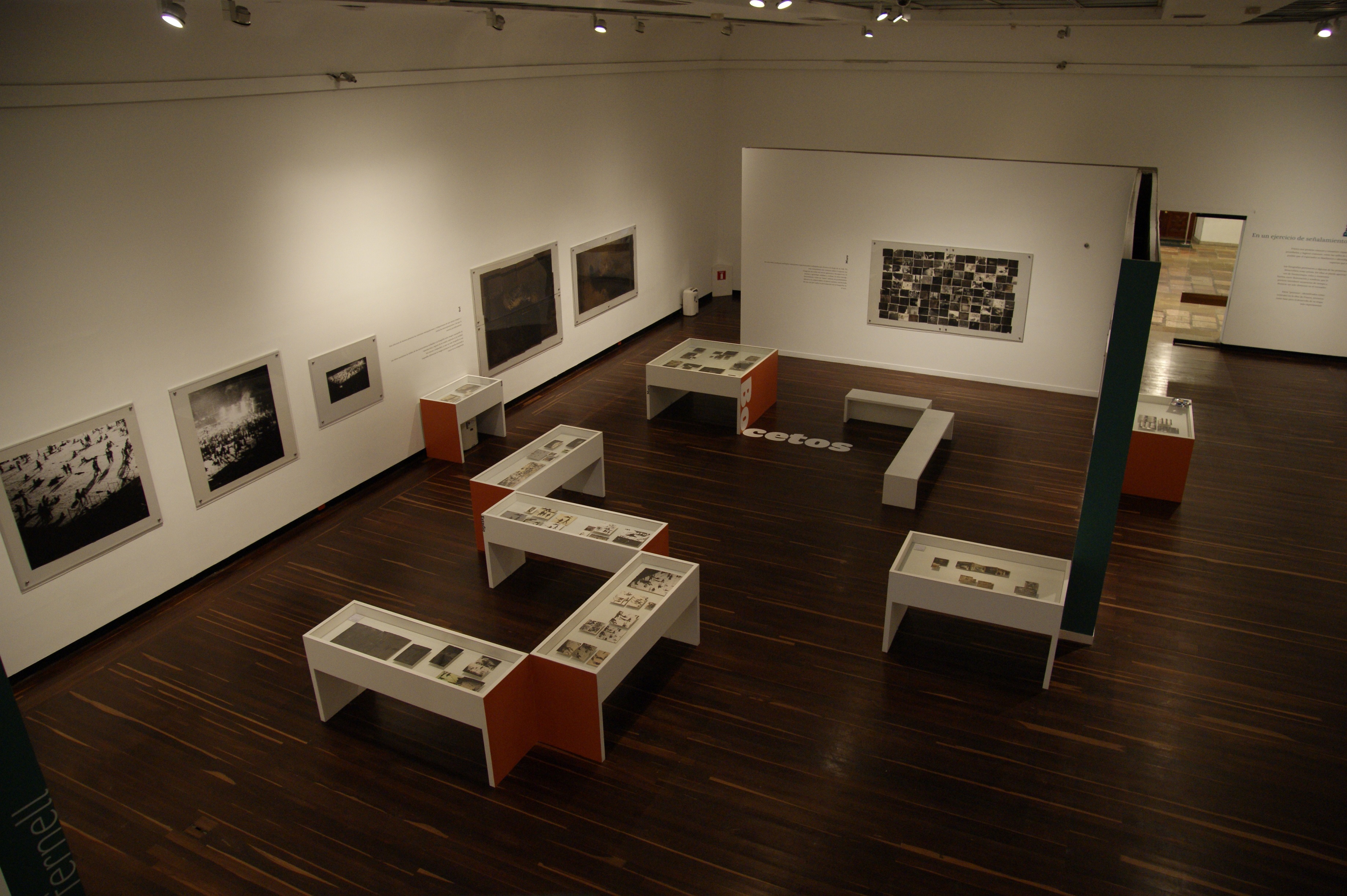
This process is crucial, because it implies that art starts as a very individual non-cognitive experience but ends up in the social realm or, even more poignantly, that the social grows out of such unique personal experience (insofar as people want to connect with other people for them to experience what they have experienced, which is another way of saying that every artistic object produces an audience).
So, here we have the first important fact of the aesthetic experience: because it is triggered by a formal surprise, it produces a unique experience in the spectator, one that is so impactful that it allows one to see things under a different light—to “defamiliarize” that which has been familiar—as well as spurring a burst in our imaginations (what we usually call “inspiration”). And it is precisely this renewed outlook on things that then pushes into the social realm. In that sense, the aesthetic experience will always help to generate new interpretations of a given problem, and therefore, serve not only as a huge source of critical thinking but, more crucially, a source to make us realize and train us to know that everything can always have many possible readings, that even intractable problems might simply be the result of a lack of imagination. And this lesson is crucial for democracy, as its wellbeing depends on a multiplicity of different points of view on issues and a desire by multiple parties to sustain an endless conversation about it. Unfortunately, we are in an era in which the appetite for conversation is waning.
There is a second, very important reason for which I think an aesthetical education is crucial and not simply accessory to our society’s wellbeing: appreciating works of art trains you to like (and even admire) that which you do not fully understand. Insofar as it works through surprise, the work of art is, by definition, something that you have not expected, something that is beyond your knowledge. If it works, if it has an effect on you, the work of art will always remain beyond understanding, and that does not mean that you are not able to like it, to love it, to admire it. And one does not need to be a political theorist to realize that such training, such a disposition to like and even admire that which you don’t understand completely is central to democratic life: that way you don’t expect your neighbors to be transparent to you. Art trains you in liking difference, in appreciating that which you never expected to like (because you didn’t know it existed)—if this is not the most important lesson for the wellbeing of our democratic society, I don’t know what is.
In 2018, during the Mediators Training Course of the XIV Biennial of Cuenca, you stated that, "Everything, absolutely everything, is mediated, no work is going to speak to you by itself. They all require education. In contemporary art, if you don't understand the context, you can't access the work." Is it mediation that gives context to the work?
It is a very good question, as it opens the problem of “context” within the artistic institution, showing the limits such an institution has. In that sense, the short answer is yes; at a fundamental level, mediation of any work of art by a curator serves to place that work within a “context”—within a way in which it should be read and understood. Usually, such a suggested reading occurs within an exhibition context, in which the mediation serves to help the viewer understand why the piece is included and how and what the author of the show (the curator) is trying to say in an “spatial way”—how the work might dialogue or contrast with the other pieces in the room, etc.
Nonetheless, the mediation does not stop or start there; there is a sense in which the mediation really starts when someone considers and assumes the piece is art. In the visual arts, this is particularly relevant because, since around the 1950s, the artist object has been eroded to a point of annihilation, so the only source of “authority” and legitimacy we have left is the art institution itself–what Danto called “the artworld,” a group of professionals that decide together what is a work of art at any given moment. It is the very mechanism by which the artworld establishes itself as a deliberating sphere that can concede and assign value. In other words, it is this type of mediation that transforms a piece, any piece, into a work of art—that inserts the work into the system and makes it circulate across its circuits (museums, galleries, collectors, etc.).
It might sound arbitrary, but it is not. Nonetheless, it is obvious that certain traditions have much stronger weight as cultural capital than others, for which this process is never exempt from being suspect. Does that mean that we should throw away the whole system? There are good reasons for why this self-regulation is necessary; maybe it is just a matter of adding a bunch of new players, from many different backgrounds and agendas, to produce the mediations.
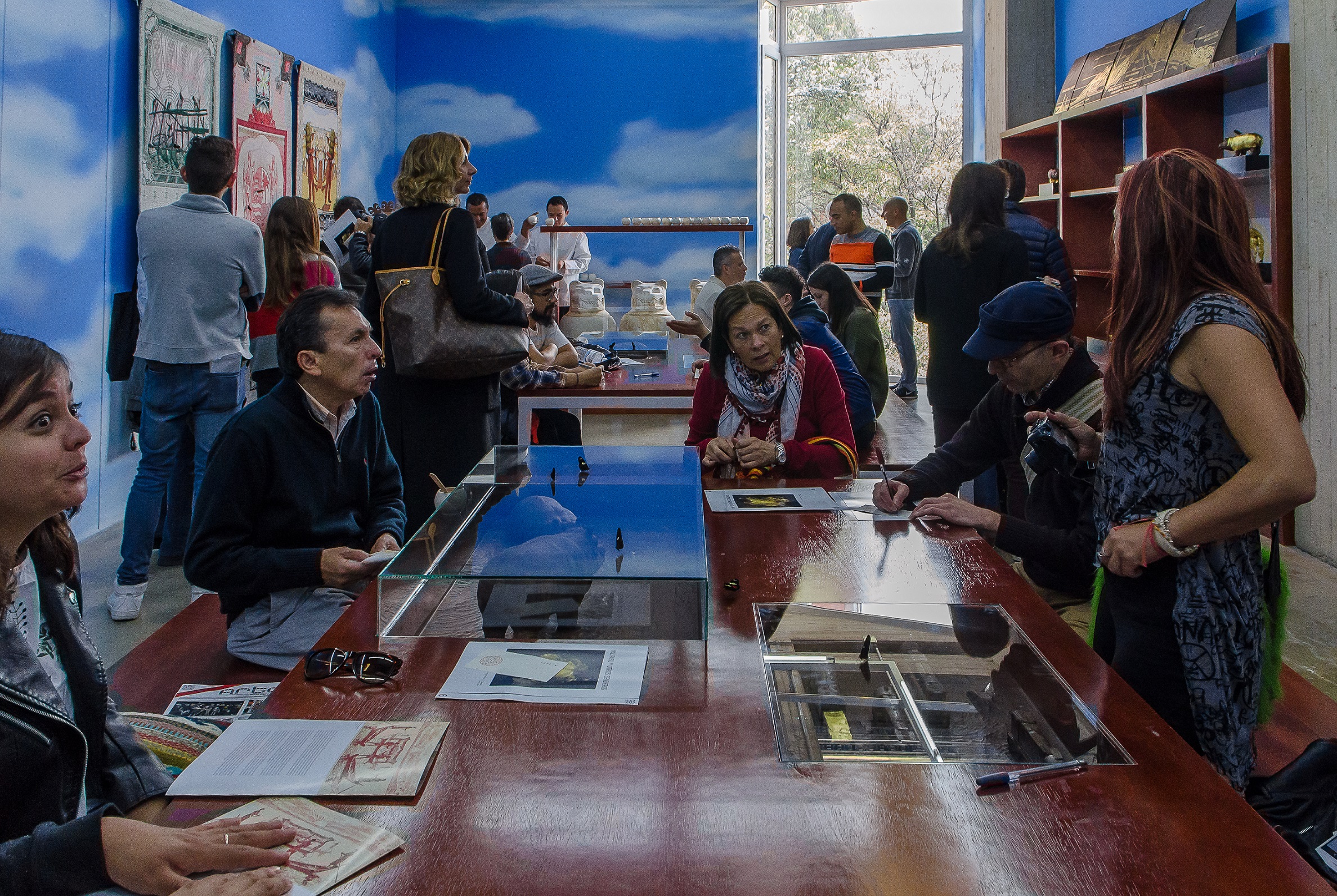
As a curator, art critic and teacher, what importance do you attach to the pedagogical question? Why?
The utmost importance—to the point that sometimes, depending on how well my classes have gone that day, it feels that any other discipline is secondary.
The truth is that when our classes go well, one realizes that it is because the classroom has transformed itself into a micro-deliberative space, a common space in which everyone can contribute from their own point of view—it is a space which forces students to leave behind the certainties of selfhood and join a discussion that necessarily and always exists outside of them. In an era in which the only certainties of selfhood seem to be “feelings” and “emotions,” I think the great challenge of pedagogy is to show students how to go beyond themselves and contribute to a third, intersubjective space—one in which judgement and deliberation are critical.
Maybe that is because I am a teacher (at heart, first and foremost, but it is also how I make my living) but I have the feeling that many important cultural discussions have been ultimately embodied or dished out in the educational and pedagogical realm. It might be a sign of the times, or maybe the fact that I read a bit too much “The Chronicle of Higher Education” these days, but it feels as if the pedagogical dimension has never been so crucial in this country. Maybe it is that all cultural battles are fought in the name of the future generations, and this is the era of an enormous ongoing cultural battle. The point is that from the usual tactics of the right (banning books that are “unpatriotic” or “immoral”) to the limits of “cancel culture” in classrooms, we can see that pedagogy is at the heart of cultural debate.
Maybe, one of the modern project’s problems has been to mistakenly divorce education from culture; maybe these times require that both realms be treated as one.
